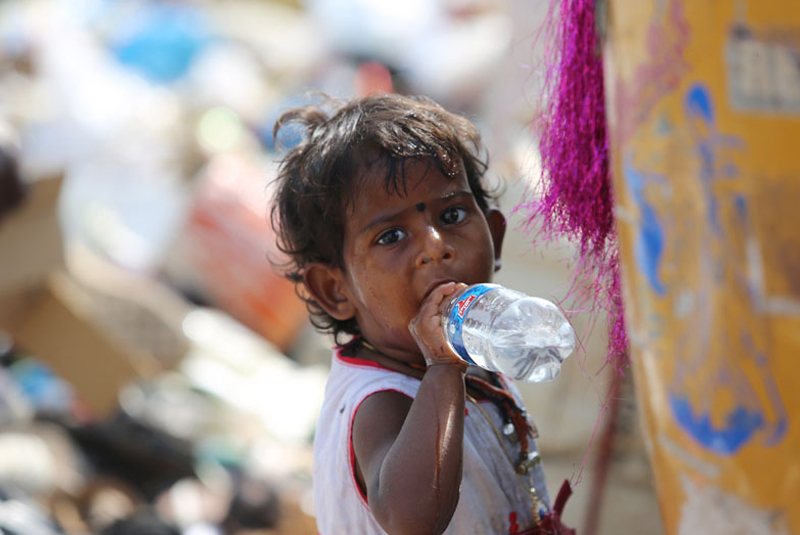Boil water before drinking. Go to the doctor immediately after falling ill. Avoid quacks in favour of a qualified doctor. These are the things Firozabad municipality asked the people to do when four children died from diarrhoea after drinking contaminated household water in 2019.
In 2017, government data showed that around 10,000 people died within five years due to water-borne diseases, primarily diarrhoea. Within the same period, 69.14 million cases of diarrohea were registered, approximately the population of the United Kingdom.
The most affected state was Uttar Pradesh, the state to which the four children belonged. Uttar Pradesh is responsible for 22.21 per cent of the deaths. In 2018, on average, 7 people died, due to water-borne diseases. The common factor among all these people was that they all drank contaminated water.

Back in 2018 and 2019, lack of access to water in India caught the world’s attention. Campaigns relating to this issue were launched. The government launched a separate ministry, known as Jal Shakti, to conserve water. Yet the water crisis has not been solved nor has access to clean drinking water been addressed.
-30-
Copyright©Madras Courier, All Rights Reserved. You may share using our article tools. Please don't cut articles from madrascourier.com and redistribute by email, post to the web, mobile phone or social media.Please send in your feed back and comments to editor@madrascourier.com











